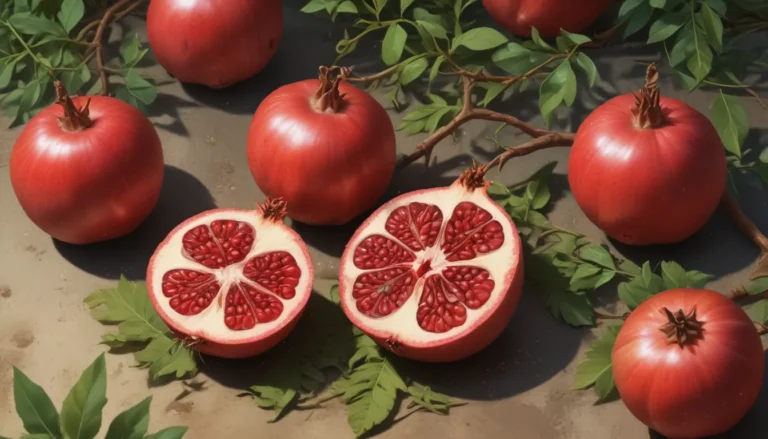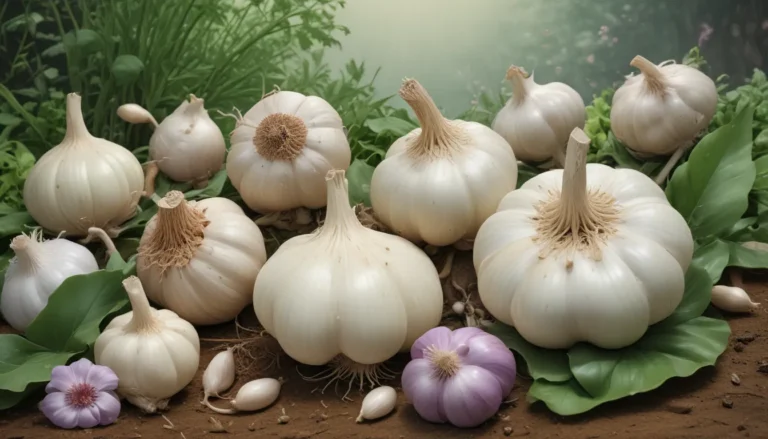Preventing and Treating Frost Damage in Yuccas

Yuccas, with their unique and beautiful succulent leaves, are not immune to frost damage. However, with the proper care and treatment, these resilient plants can bounce back from cold injuries. In this comprehensive guide, we will explore what frost damage is, how it affects yuccas, and most importantly, how to prevent and treat it effectively.
Understanding Frost Damage
Frost damage occurs when vulnerable plants are exposed to subfreezing temperatures, causing water within the plant cells to freeze and expand, resulting in ruptured cells. This damage can manifest as wilted, dark brown, or blackened foliage, eventually leading to crispy and dead plant parts.
Even temperatures above freezing can cause milder forms of damage known as chilling injuries. Yuccas, which come in various species with differing cold hardiness, are susceptible to frost damage depending on their specific hardiness zones.
Identifying Frost Damage in Yuccas
The telltale signs of frost damage in yuccas include blackened leaf tips, flopping leaves, and later, browning and crisping of foliage. Severe damage can lead to the death of the entire plant if left untreated.
Protecting Yuccas from Cold Injury
Prevention is always better than cure when it comes to frost damage. Choosing yucca species that are hardy to your location and providing proper cultivation practices are essential steps in protecting your plants. Consider the following tips to safeguard your yuccas from cold injury:
- Plant yuccas in locations that receive ample sunshine and are shielded from cold winds, such as the southern sides of structures.
- Trim dead foliage and prune spent bloom stalks before winter arrives.
- Avoid fertilizing plants in the fall to prevent new growth that may be susceptible to cold damage.
- Keep the soil around yuccas dry before temperature drops, as succulents fare best in dry soils.
- Mulch yuccas with shredded bark or fallen leaves to insulate them from freezing temperatures.
- Use thermal blankets or polypropylene covers to protect yuccas during sudden drops in temperature.
- Wrap potted yuccas in burlap or bubble wrap to keep the roots warm in winter.
Remember to remove frost covers and monitor the weather forecast to provide timely protection for your yuccas.
Treating Frost-Damaged Yuccas
If your yucca has already suffered frost damage, prompt treatment is crucial to its recovery. Consider the following steps:
- Apply frost blankets or move the plant to a warmer location to provide additional heat.
- Refrain from pruning damaged structures immediately, as they may protect the living tissue underneath.
- Wait until spring to assess the extent of the damage and prune away any frost- or chill-injured foliage.
- Plants that survive winter despite damage will exhibit new, healthy growth in the spring.
With proper care and attention, frost-damaged yuccas can recover and thrive once again in your garden.
Conclusion
Caring for yuccas in cold climates requires a strategic approach to prevent and treat frost damage effectively. By following the tips outlined in this guide, you can ensure the health and longevity of your yucca plants throughout the winter months. Remember, a well-prepared gardener like yourself can protect these resilient plants from the harsh elements and enjoy their beauty year after year.
If you have any questions or additional tips to share, please feel free to leave a comment below. Your feedback is valuable, and I look forward to hearing from you.
For more information on yuccas, explore the following helpful resources:
- 28 of the Best Yucca Varieties
- Reasons Why Your Yucca Isn’t Blooming
- How to Divide and Transplant Yucca Offshoot Pups
Let’s continue to nurture our yuccas and watch them flourish in our gardens!





